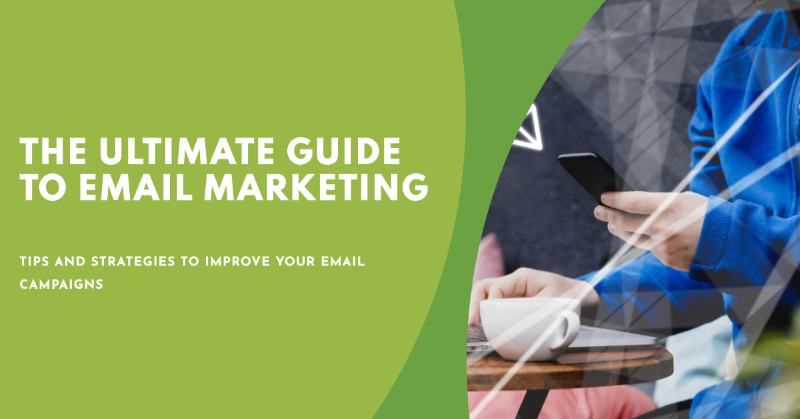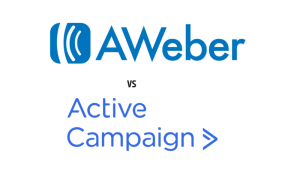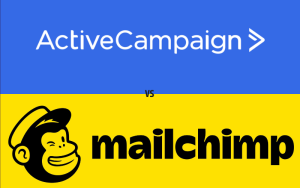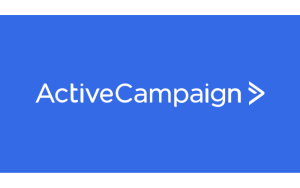Email marketing is a powerful and consistently effective tool in the vast realm of digital marketing. But with its vast potential comes the need for strategy, understanding, and adaptability. Whether you’re a novice eager to dive into the email world or a seasoned marketer looking to refine your approach, The Ultimate Guide to Email Marketing offers a comprehensive look at email marketing’s benefits, best practices, common pitfalls, and more. Join us as we unravel the secrets to crafting compelling campaigns and harnessing the full power of the inbox.
What is Email Marketing?
Amidst the digital hustle, email marketing has established its presence, allowing businesses to engage, educate, and excite their audience uniquely. But what exactly is it, and why does it matter?

Defining Email Marketing At its core, email marketing is sending electronic mail to a group of individuals—potential customers, current clientele, or stakeholders. The purpose? To inform, promote, and build loyalty.

The Evolution of Email Marketing Beginning as simple text emails in the ’90s, email marketing has transformed into a sophisticated tool, often integrating multimedia, personalized content, and interactive elements tailored to individual preferences.

Why Email Marketing Stands Out Among all digital marketing avenues, email marketing offers:
- Direct Reach: Unlike social platforms where algorithms control content visibility, emails land directly in a user’s inbox.
- Personalization: Senders can tailor messages based on user behaviours, past purchases, and preferences.
- High ROI: Email marketing offers a substantial return for every dollar spent, often outpacing other channels.
- Versatility: From newsletters and promotions to event invitations, the types of emails one can send are diverse.

Components of Successful Email Marketing: The Ultimate Guide to Email Marketing
To master email marketing, one must understand its primary components:
- List Building: Gather a list of subscribers genuinely interested in your offer.
- Content Creation: Crafting valuable, engaging content for your audience.
- Segmentation: Dividing your list to send targeted messages to specific groups.
- Analysis: Monitoring metrics like open rates, click-through rates, and conversion to refine strategies.
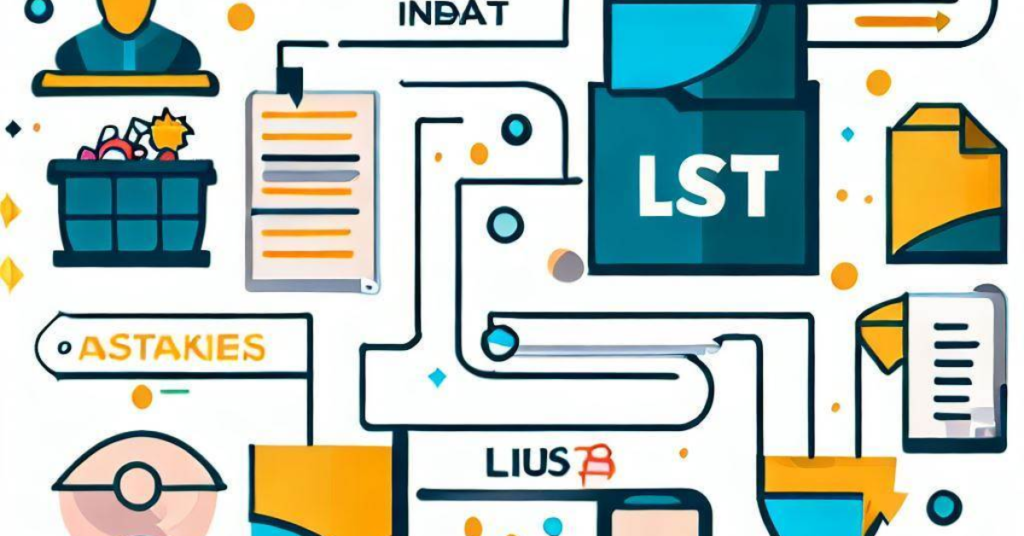
Challenges in Email Marketing Despite its advantages, email marketing has challenges. From ensuring high deliverability rates to remaining compliant with data protection regulations (like GDPR), marketers need to be vigilant and adaptive.

Conclusion Email marketing is more than just sending messages; it’s about connecting with individuals, nurturing relationships, and driving tangible results. As technology advances and inboxes evolve, so will the strategies behind effective email campaigns.

Benefits of Email Marketing: The Ultimate Guide to Email Marketing
In today’s digital age, email marketing’s value goes beyond sending a simple message. It’s a strategic tool with tangible benefits that drive growth and foster connections. But what makes it so influential?

Cost-Effective Outreach Compared to traditional marketing mediums like TV or print, email marketing offers a more affordable way to reach large audiences, ensuring businesses get more bang for their buck.

Direct Line to Your Audience Unlike social media, where algorithms dictate visibility, emails directly enter an individual’s inbox, guaranteeing better visibility and engagement.

Measurable Results Every aspect of email marketing can be measured — from open rates to clicks, allowing businesses to quickly gauge the success of their campaigns and adjust strategies accordingly.

Personalized User Experience Thanks to segmentation and automation, email marketing facilitates highly personalized content tailored to individual subscriber preferences, behaviour, and purchase history.
Enhanced Customer Retention: The Ultimate Guide to Email Marketing
With regular newsletters and valuable content, businesses can foster a continuous relationship with their customers, enhancing loyalty and retention.
Instant Traffic Boost Promotional emails or newsletters with calls-to-action can instantly drive traffic to websites, product pages, or event sign-ups, providing an immediate spike in engagement.
With the right strategies, email marketing often boasts higher conversion rates than other digital marketing channels, turning subscribers into paying customers.
Strengthened Brand Awareness Consistent email campaigns with a cohesive design and message reinforce brand identity, ensuring businesses remain top-of-mind for subscribers.
Adaptable to Trends Whether integrating video, crafting interactive polls or utilizing AI-driven content, email marketing is versatile and adapts to emerging digital trends.
Conclusion Email marketing offers manifold benefits, from cost-saving advantages to enhanced customer relationships. As a tried-and-tested digital strategy, it remains a cornerstone for businesses aiming to flourish online.
While email marketing is a powerful tool, it thrives best when integrated into a broader marketing strategy. To maximize its potential, always stay updated with the latest best practices.
Email Marketing Best Practices
Crafting a successful email marketing campaign involves more than just drafting a message. Adhering to tried-and-tested best practices is essential to engaging your audience and boosting conversions.
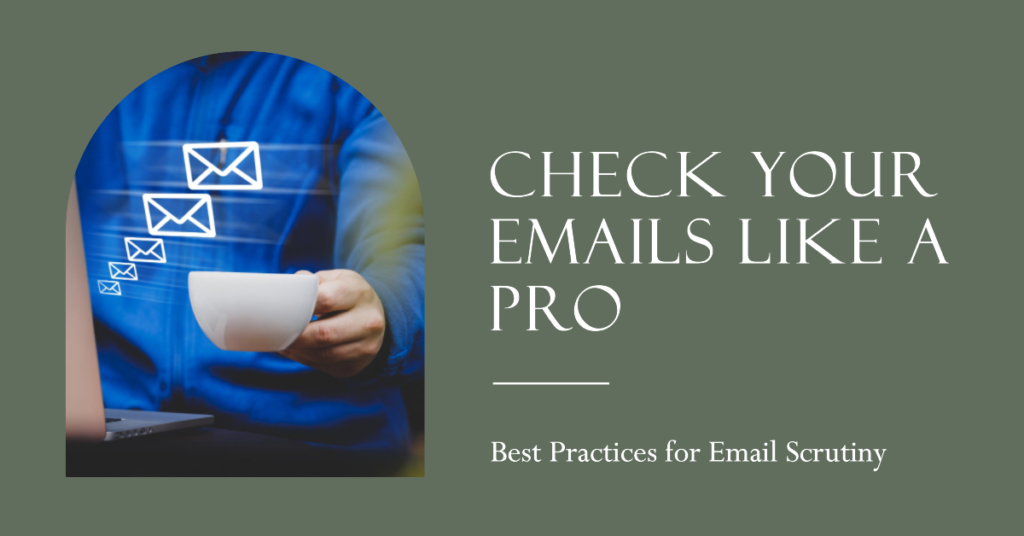
Segment Your Audience Every subscriber is unique. Segmenting your list ensures that each recipient receives content tailored to their preferences and behaviour, increasing engagement.
Craft Compelling Subject Lines Your subject line is the first impression. Make it catchy, relevant, and reflective of your email’s content to maximize open rates.

Prioritize Mobile Optimization With a significant number of users checking emails on mobile devices, it is crucial to ensure your design is responsive across all devices.
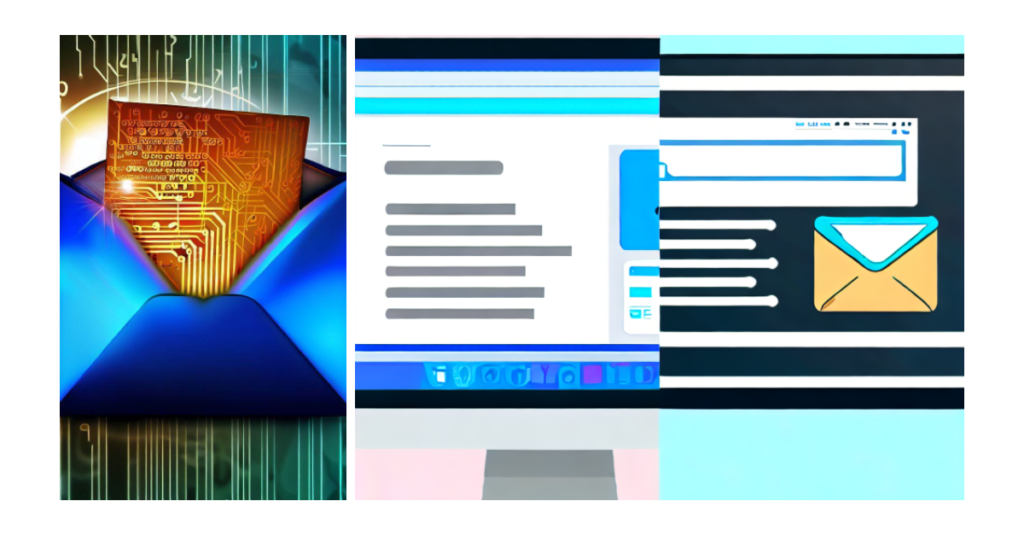
Maintain Consistency Consistency in design, tone, and sending schedule fosters brand recognition and trust among your subscribers.
Avoid Spam Traps: The Ultimate Guide to Email Marketing
Ensure your email marketing list is clean, avoiding purchasing lists or sending them to inactive users. This will improve deliverability and reduce the risk of landing in the spam folder.
Leverage A/B Testing Experiment with different email elements, such as CTA buttons, subject lines, or images. A/B testing allows you to understand what resonates best with your audience.
Maintain a Clear Call-to-Action (CTA). Your CTA should stand out and guide subscribers towards a clear action, whether purchasing, signing up, or reading more.
Provide Value, Not Just Promotions While sales emails are essential, email marketing should also offer value through informative content, how-tos, or industry insights.
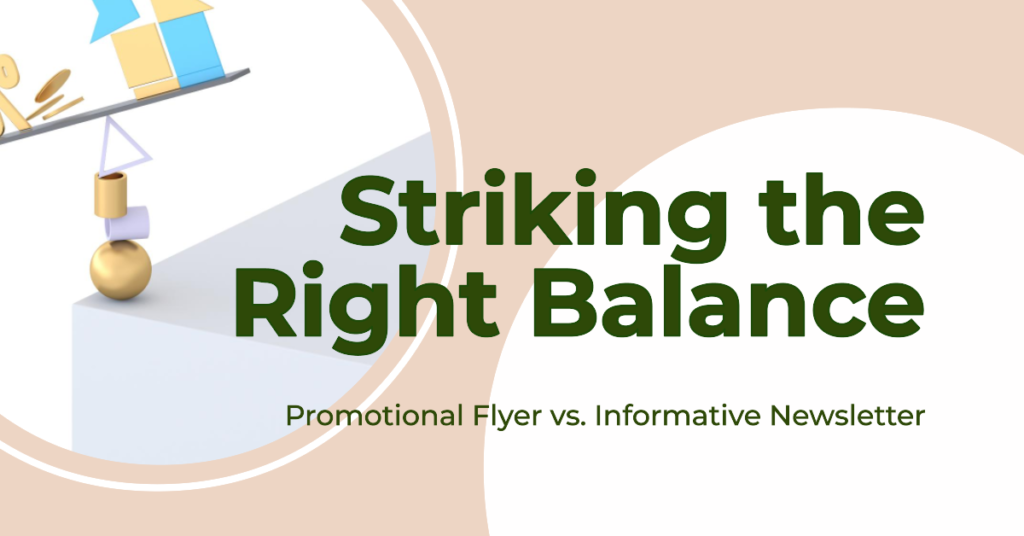
Ensure Data Compliance With regulations like GDPR in effect, it is essential to handle subscriber data responsibly, including providing clear opt-out options.
Monitor and Adjust Regularly analyze metrics such as open rates, click-through rates, and conversions. Use these insights to refine and enhance your email marketing strategy.
Conclusion Email marketing is an evolving domain. Staying updated with best practices and being adaptable is the key to ensuring your campaigns remain effective and engaging.
By embracing these best practices, marketers can ensure their email campaigns are optimized for success, fostering deeper connections with subscribers and driving measurable results.
Avoiding Common Email Marketing Mistakes
While the rewards of email marketing are immense, pitfalls await the unprepared. By being aware of common mistakes and proactively avoiding them, you can optimize your campaigns for maximum impact.
Overloading with Content While it’s tempting to pack emails with information, a cluttered design can overwhelm subscribers. Stick to a clean layout with a focused message for clarity.
Not Segmenting Your List Sending generic emails to your entire list can decrease engagement. Personalize your campaigns by segmenting your subscribers based on behaviour, preferences, or demographics.
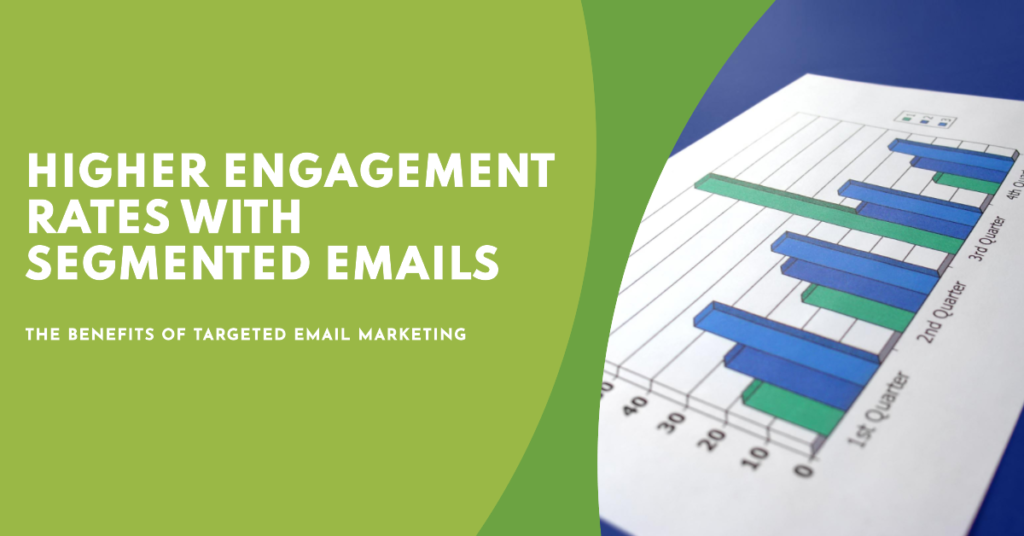
Neglecting Mobile Users If your emails aren’t optimized for mobile, you’re missing a significant portion of your audience. Ensure responsive designs that look good on all devices.
Failing to Test Before Sending Broken links, image display issues, or typos can hurt your brand image. Always test your email marketing campaigns on different devices and email clients before sending them out.
Ignoring Analytics
Not leveraging the wealth of data from your campaigns means missed opportunities for refinement. Regularly review metrics to understand what’s working and what’s not.
Sending Too Often (or Not Enough) Finding the right frequency for your email marketing is essential. Analyzing your subscribers’ engagement and feedback will help you avoid overwhelming or losing touch with them.
Lack of Clear CTA Without a clear call-to-action, subscribers might be unsure of the next steps. Each email should guide readers towards a desired action.
Not Offering Easy Unsubscribe Options Hiding or complicating the unsubscribe process can frustrate users and harm your brand’s reputation. Respect your subscribers’ choices and make it straightforward.
Conclusion Email marketing is a powerful tool, but like all tools, its effectiveness hinges on how it’s used. By being aware of these common pitfalls and actively working to avoid them, you can create more successful and impactful campaigns.
Avoiding these common mistakes can significantly enhance the effectiveness of your email marketing campaigns, ensuring that you connect with your audience in meaningful and productive ways.
Conclusion
As we navigate the multifaceted world of email marketing, it’s clear that its relevance isn’t waning; instead, it’s continually evolving. From understanding its foundational benefits to mastering best practices and sidestepping common pitfalls, a holistic approach is essential for any business aiming to leverage the immense potential of email campaigns.
While technology and user behaviours will inevitably change, the core principles of email marketing remain constant: delivering valuable content to a targeted audience, fostering genuine relationships, and continually optimizing for better outcomes.
For those ready to embrace the dynamic nature of email marketing, the rewards are plentiful: deeper customer engagement, enhanced brand loyalty, and tangible growth. Email remains a steadfast beacon guiding businesses towards success as we move into an increasingly digital future.
Remember, the email marketing journey doesn’t end with sending an email; it’s about fostering dialogue, understanding your audience, and being adaptable. With the insights shared in this guide, you’re now equipped to elevate your campaigns, engage your subscribers, and achieve measurable results. Until next time, happy emailing!
Some links in this article may be affiliate links, meaning they could generate compensation to us without any additional cost to you should you choose to purchase a paid plan. These are products we have personally used and confidently endorse. It’s important to note that this website does not offer financial advice. You can review our affiliate disclosure in our privacy policy for more information.

